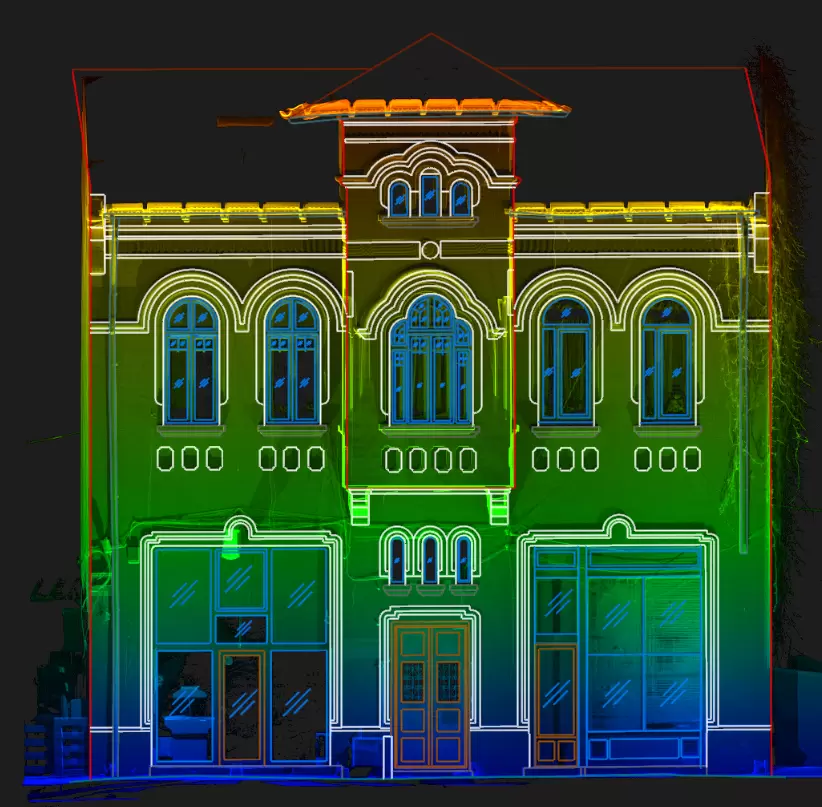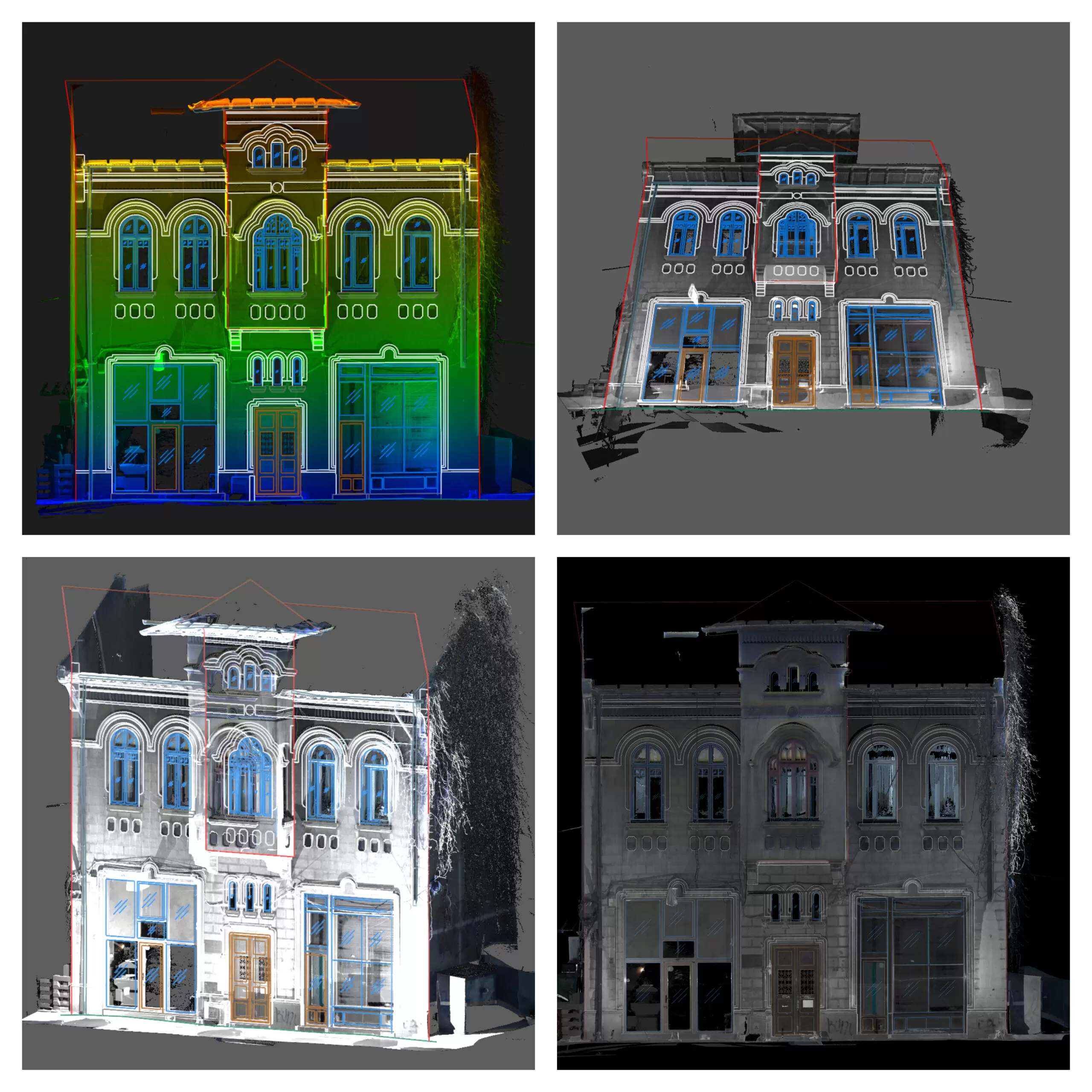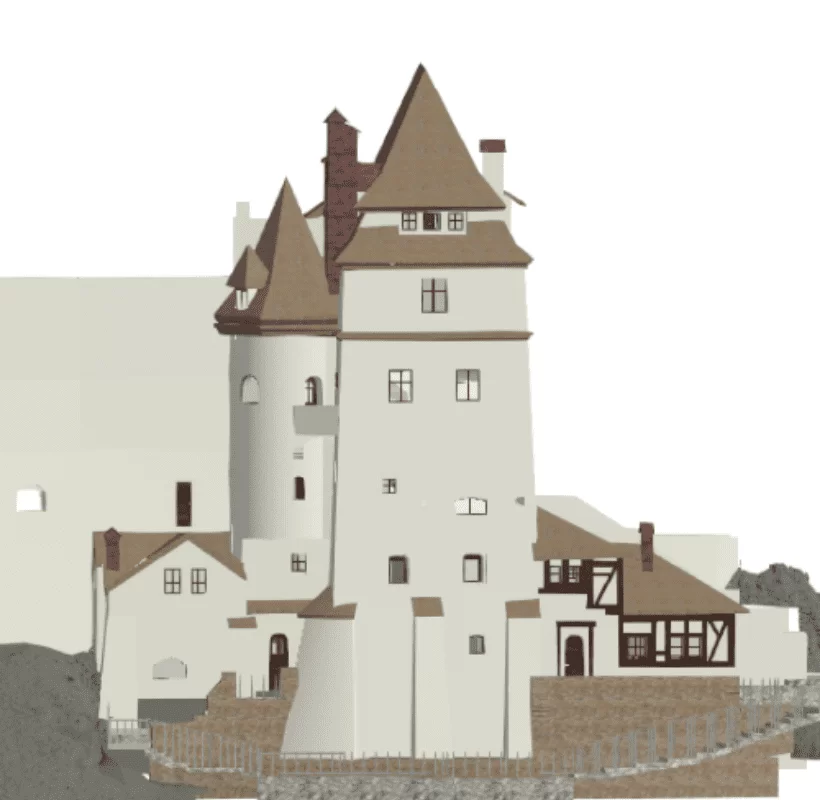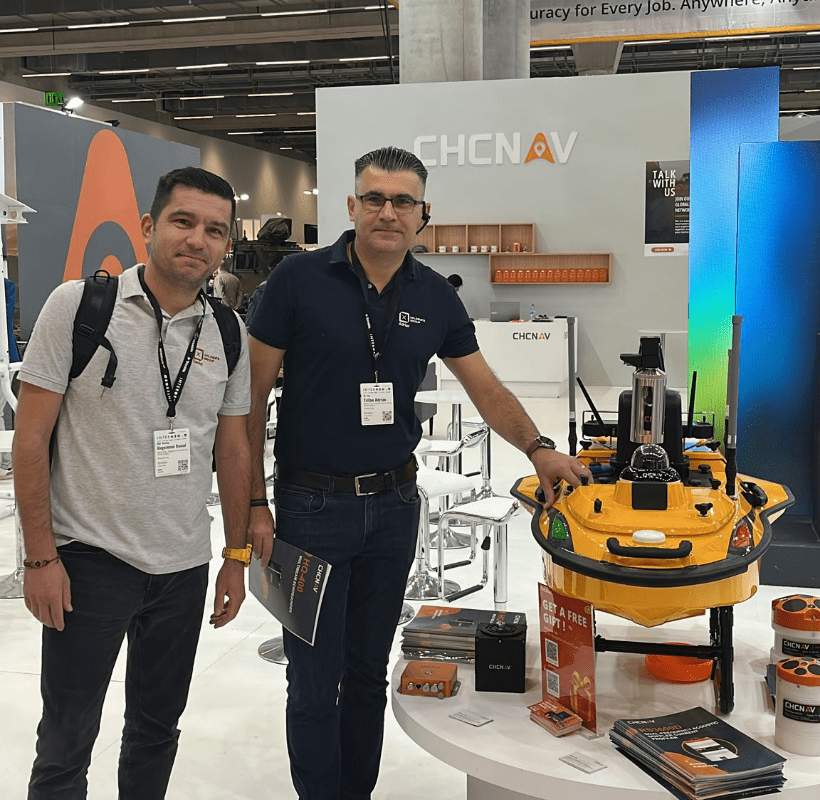Consolidation and restoration of historic and old heritage buildings – What does this process entail?
Historical monuments represent those real estate, constructions and lands located on the territory of Romania or outside its borders, properties of the Romanian State, significant for the history or culture and national or universal civilization.
The classification in the regime of historical monument is conferred by the classification of these real estates according to the procedure provided by law. In addition to the rules applicable at national level, at the level of local administrations various council decisions are approved detailing the primary legislation, depending on the local specifics, and ensuring its operational function in order to consolidate as many interwar and pre-war buildings that are in danger as possible.
What does it mean to consolidate and restore historic and heritage buildings?
Consolidation and restoration of a building is a set of measures applied constructively in order to recover parts partially or completely affected by the degradation of an entire building so as to achieve the enhancement of historical monuments and their integration into the life of local communities.
What should the consolidation and restoration of a building involve?
The restoration from the architectural point of view involves the re-installation, using techniques similar to those used in the initial work, of the same construction materials.
The process is a complex one, in which procedures for the removal of damaged construction elements or those considered worthless for the whole historical monument, the replacement of degraded elements and the aesthetic restoration of the parts of the historical monument affected by the mentioned interventions are commonly associated.
A first step in consolidating and restoring a historic building is to identify the affected areas and to know the factors that generated the degradation, in order to be able to choose the optimal solution for each case.
The functional reintegration of the restored historic monument often requires the introduction of new technical equipment without which it will no longer be possible to use the space in accordance with current regulations.
The degradation of structures with the value of historical monuments preserves the basis of three main causes and their effects must be studied in tandem in order to ensure the best consolidation and restoration decisions.
- damage due to environmental factors – the elements of the structure can be affected by moisture, air pollution, corrosion, the process of freezing, thawing, chemical or biological attack.
- deformations anddisplacements – which can occur due to differentiated settlements, temperature variations, earthquake effects and other dynamic factors.
- overloads – which can be generated from various loads of equipment and elements that facilitate structural interventions.
The completion of the consolidation and restoration works gives the structure the possibility to be exploited in similar conditions for a long time, giving back to the structural level, totally or partially, the qualities of the initial structure.
What factors are considered when restoring a historic building?
The activity of consolidating and restoring a building involves a thorough analysis of the defects to be remedied and the assessment of a need for interventions that do not significantly affect the basic structure. The restoration of a historical monument aims to restore the structure to its original shape and to prolong its life without substantially changing the structure of the materials used or its general appearance.
Among the factors that are taken into account when starting the restoration of a historic building we mention:
- the current state of the building,
- the materials needed to update the existing surfaces,
- the duration of the works and the costs required, along with weighing the importance of restoring the analyzed cultural heritage.
Maintaining the original character and structure
Maintaining the original character and structure is the reason why, most often, the works of consolidation and restoration of a historical monument extend over a longer period of time and are subject to special implementation procedures. Prohibitions on affecting the structural integrity of the assembly in any way or on visually altering any item set certain limits that must be observed.
We recommend the use of the 3D laser scanning available among the services offered by Eurosurvey for the restoration of buildings thanks to the innovative, non-invasive technology that will ensure the accurate rendering of all the constructive elements.
Our teams are ready to generate BIM-supported 3D models for any surface, ensuring flawless results regardless of the shape or size of the scanned surface. The use of integrated BIM models helps to digitize the structure to be consolidated or restored and ensures the correctness of the proposed works by generating 3D models faithful to the existing situation.
The transposition of the surfaces of a historical monument in digital format represents a form of progress of science in front of history and the clear proof that even the most different fields can intertwine in unity if they are united by a common goal.
Trimble TX8 scanner used by Eurosurvey is a standard of performance and speed in collecting 3D data, its use for a single 3D scanning session is sufficient to obtain the information generated by the 3D model (useful for architects, designers and builders) and to make accurate measurements. within the entire scan range (up to 340 m).
We invite you to contact our team of specialists in order to evaluate the historical monument or the construction you want digitally scanned and to give your work the chance of a fruitful collaboration, with carefully recorded results and assisted progress throughout the process.







